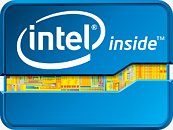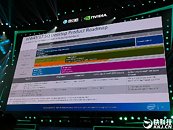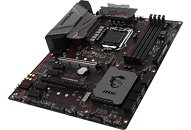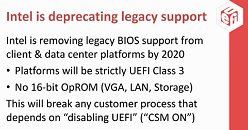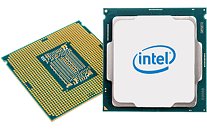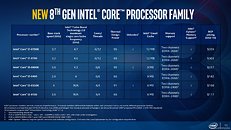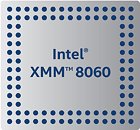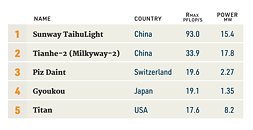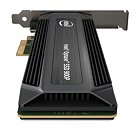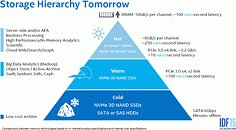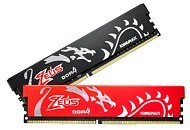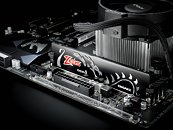
"Intel inside" Campaign Funds Cut, Might Bring Higher Pricing to End Users
Intel has decided to rollback investment - read, funding - for its "Intel inside" marketing campaign, which has been with us since 1991. The "Intel inside" campaign is one where Intel has been offering OEMs and system integrators some amount of compensation and marketing funding for their Intel-based products, and is aimed at helping OEMs and channel partners drive PC sales growth. However, if CRN's report is right, Intel is looking towards cutting funding for this program by 40% to 60%.
OEMs have been including Intel's "Intel inside" funding as part of their annual marketing budgets, and the reduction of this funding from Intel can go one of two ways: manufacturers reduce marketing budget, or keep the same budget, but pass on the increased expenses towards consumers. For companies, the second option is likelier to be true, simply because marketing plays such a prominent role in company's visibility in the usually crowded markets.
OEMs have been including Intel's "Intel inside" funding as part of their annual marketing budgets, and the reduction of this funding from Intel can go one of two ways: manufacturers reduce marketing budget, or keep the same budget, but pass on the increased expenses towards consumers. For companies, the second option is likelier to be true, simply because marketing plays such a prominent role in company's visibility in the usually crowded markets.
